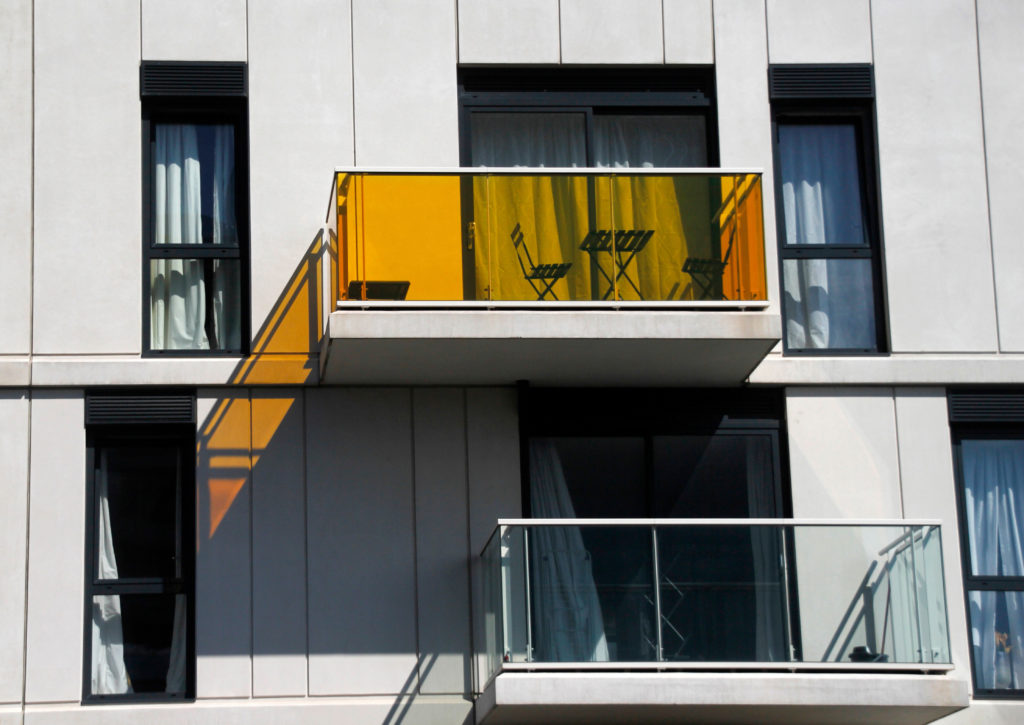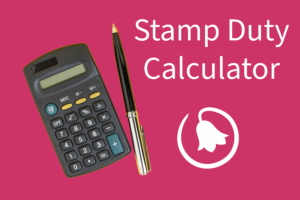Flats, Cladding and Mortgages
Since the Grenfell Tower disaster in 2017, the government has made fire safety reviews mandatory for all high rise flats and apartments.
This means that a cladding report is now required if you live in a high rise building, and this is called an EWS1 (External Wall Survey).
The report must be carried out by a qualified and competent person such as a RICS Qualified Surveyor or Chartered Construction Professional.
One EWS1 form is required per block of flats and once issued, it is valid for a 5 year period. While the survey is only required on properties above 18 meters tall, it is common for lenders to request the form for properties under this height, as they are still concerned about the saleability and safety of the property they plan to lend against. If you live in a high rise building, it is important to find out if you require a survey in order to mortgage or remortgage your property.
Once an External Wall Survey has taken place the surveyor will grade the property with one of five grades.
“A” class grades of which there are three, mean that the external wall material is unlikely to be a fire hazard.
A1 – No significant combustible material
A2 – Where combustible material is present a risk assessment has taken place and no remedial work is required
A3 – Where A1 and A2 don’t apply A3 covers off scenarios where there may be costs involved to remedy the combustible material.
“B” class grades indicate that there are combustible materials present in the external wall.
B1 – Low risk and no work required to alter anything
B2 – An adequate standard of safety has not been achieved and remedial work is required.
Lenders will typically grant a mortgage for a property that has an A1, A2 and B1 grade.
If a property falls under the A3 and B2 category rating, there could be some problems that need addressing. As there will be some cost involved in rectifying or replacing the combustible material, this in turn could affect the marketability/saleability of the property.
Despite this, we have recently seen some lenders take a more pragmatic approach to the A3 and B2 ratings, and it may be possible to obtain a mortgage on a property with an A3 or B2 grade.
Before a lender will accept an A3 or B2 rating they will want to know what remedial work is required and who will be liable for the cost of the repairs. Crucially, they are not insisting that the work has taken place before they will advance the mortgage funds and this is the key factor.
This means that you may be able to mortgage, or remortgage a property that falls under this category rating without having to complete the work beforehand.
Here at Bluebell Mortgages, we have had lots of experience with getting mortgages for flats with cladding and EWS1 forms. We have the knowledge and expertise to advise you correctly.
If you are buying or remortgaging a property with an A3 or B2 rating and have had issues getting a mortgage, please get in touch to discuss what options could be available to you.








